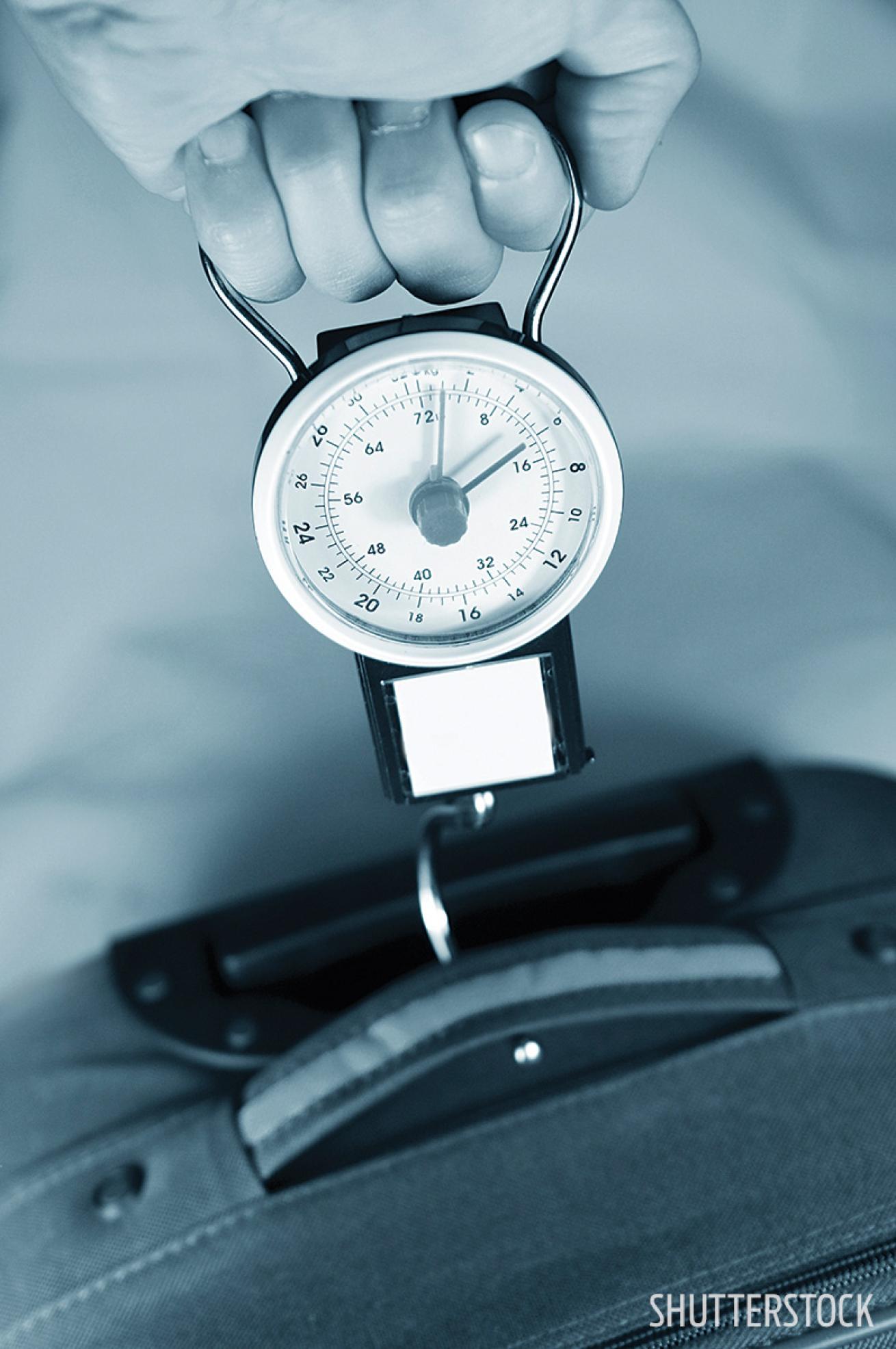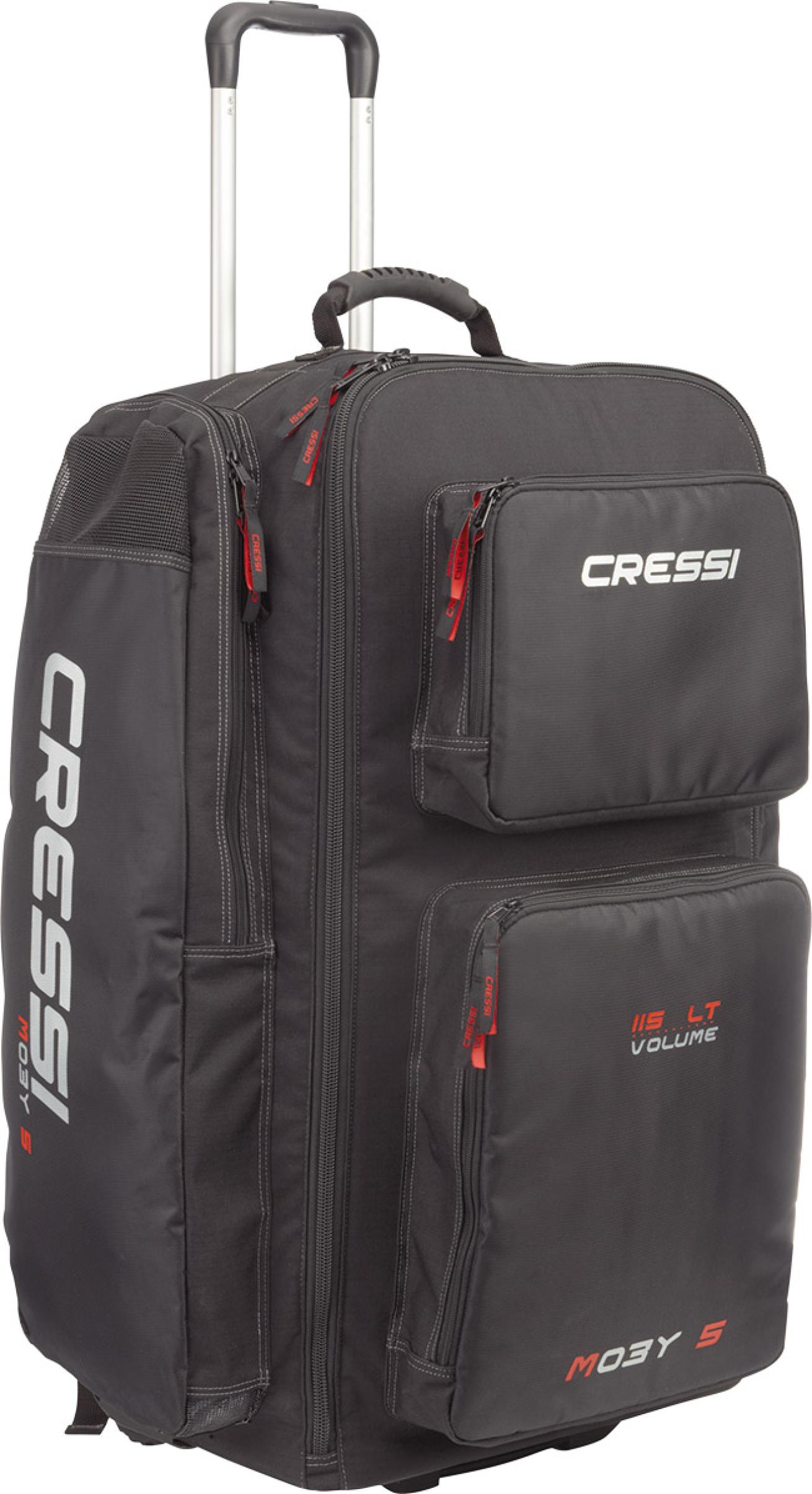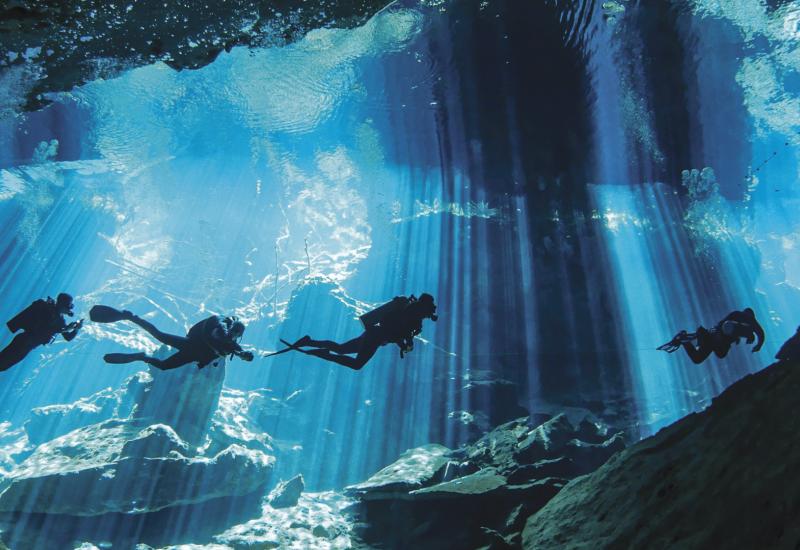How To Pack Your Scuba Diving Gear and Equipment for Travel

ShutterstockSome airlines have strict limits on the amount, size and weight of luggage, and violating this can add up to an astronomical cost. How can you make it all fit?
Packing for dive travel presents a conundrum. Spread before you is a vast arsenal, each piece essential to fulfilling your travel fantasy. To bring along all of the regulators, wetsuits, computers, masks, fins and camera equipment and other scuba gear necessary for a serious dive mission (along with their backups and batteries), you’ll need a fleet of roller bags — and a Sherpa. But your airline has strict limits on the amount, size and weight of luggage, and violating its limits can add up to an astronomical cost. How can you make it all fit?
It might seem beyond the boundaries of physics to bring it all along, but savvy travelers have developed strategies, techniques and tricks for maximizing baggage allowances, avoiding ludicrous fees and making sure it all gets to where it’s supposed to be in one piece. Professional photographers and technical divers are some of the best of our breed at subversive packing, schlepping easily damaged high-tech tools to the most remote destinations on the planet.
Related:
Here’s advice from four experienced dive travelers who know how to get all of their gear around the world safely without breaking the bank.
LEARN THE RULES
Every airline is required to publish its baggage allowance and overage charges so travelers know what they’re getting into. Professional underwater photographer and rebreather enthusiast Chris Parsons, who has been known to fly with an excess of 250 pounds of gear, starts every trip with the fine print on airline websites. “Although it is tedious, I try to read the airline rules so I have an idea about how best to pack,” he explains. “Having frequent-flier status on an airline helps too. For example, I get two free 70-pound bags on one airline; three for international travel.”
PACK A GOOD ATTITUDE
Airline ticketing representatives and Transportation Security Administration (TSA) agents control your destiny in many ways. Smiling and being cordial makes a big difference to people who deal with irate travelers on a regular basis. “I try to be extremely nice at the checkpoints of all airports because I know they are doing their job and do not understand what all of our equipment is,” says underwater videographer Annie Crawley, who learned an important lesson in public relations on a return trip from Mexico to home in Seattle. “The TSA officer decided my backpack carryon with all my camera and computer equipment was too large to go through the security checkpoint and wanted me to check it in,” she says. “I ended up getting the pack through, but it taught me a lesson about the power of gate agents and TSA officers.”
SHOULDER THE BURDEN
For rebreather instructor and underwater photographer Doug Ebersole, managing all of his gear on the road “is almost impossible unless you get creative with your carry-on luggage.” Laptop, camera, lenses and dive computers ride on his back and in the cabin, and the rest of his kit goes into the hold. Kevin Palmer, a pro photographer and manager at Reef Photo & Video, dons the most pocket-laden vest he can find. “The best hang down to your thighs and have 12 to 20 pockets,” he says. “If the dreaded carry-on weigh-in occurs, these vests can easily hold 10 to 20 pounds of stuff in the expandable pockets. Yes, you will look like John Candy on a fly-fishing trip, but nobody said diving was a glamour activity.”
"Reusable Ziploc bags are essential for organizing items, and the 2-gallon version can vacumm-seal clothing."
BRACE FOR IMPACT
For the sensitive equipment you absolutely must check, think protection above all else. Says Palmer, who once sacrificed his clothes for a bag with his camera: “Most travel bags for divers are soft-sided, so making a protective ‘frame’ is really helpful. Fins are great for this, as are shoes placed sole-out on the ends of the bag.” He also uses soft items such as wetsuits and clothing to create perimeter protection “from the full-on airline-handler assault. Socks make great padded sleeves for items like dive computers and camera lenses,” Palmer continues. “I usually reserve my 5 mm wetsuit for any backup glass ports I might bring for my underwater camera housing, which rests safely in the protective framework I have established while clothing fills in the gaps.”
CONSIDER SIMPLE SOLUTIONS
Don’t overlook your kitchen or workshop. Ebersole packs breakable items, such as the heads of rebreathers, individually in Tupperware and puts the containers in his luggage. “It doesn’t add much weight and protects the items,” he says. For Palmer, “ Reusable Ziploc bags are essential for organizing items, and the 2-gallon version can vacuum-seal clothing.” Plus, “Zip ties are indispensable. They are the perfect TSA-approved disposable lock for your check-in bags. I always bring a big handful in the pocket of one of my bags.” (Don’t forget a TSA-approved cutting tool, in case you have to open them.)

Courtesy CressiCressi Moby 5 dive bag
The reinforced telescopic handle and wheels on Cressi's Moby 5 allows you to maneuver through busy airport terminals with ease, and once you arrive at your destination, this bag transforms into a backpack. Simply open the hideaway shoulder strap pocket to access the padded adjustable shoulder straps. The Moby 5 is made from 300/400-denier nylon, a lightweight yet rugged material. The cavernous main compartment has a U-shaped dual zipper slider that makes it easy for you to access what's stored inside. The bag's lower bellows pockets — also with a dual slider zipper closure — is designed to as a regulator bag. The upper bellows pocket is perfect for smaller accessories. The fin pockets on the side make this a complete travel bag that's thoughtfully designed for divers.
The Moby 5 has a total volume of 7,018 cubic inches (115 liters), with the main compartment measuring 30" x 15.75" x 11.25 (76 cm x 40 cm x 28 cm), side pockets 28.75" x 9.85" x 2.75" (73 cm x 25 cm x 7 cm), top front pocket 13.4" x 9.1" x 3.3" (34 cm x 23 cm x 8.5 cm), and the lower front pocket 13.4 x 15 x 3.3" (34 cm x 38 cm x 8.5 cm). The bag weighs 10.7 lbs. (4.86 kg) when empty.
Contact: cressi.com
BE READY TO IMPROVISE
Airline baggage rules are constantly changing. The generous weight limit on a past trip will likely be lower today, so there’s no substitute for communicating with staff, asking the right questions and — in some extreme cases — simply pleading for mercy. “Many airlines are now weighing and requiring approval for carry-on bags, so I take a different approach,” says Crawley. “If I know they are checking carry-on bags for weight, I open up my backpack or hard case and show them the equipment inside. To date, I have been greeted only with kindness and understanding.” Palmer employs a similar strategy. “Polite resourcefulness can almost always get you through. Start with, ‘Yes, it is a little heavy, but this is packed with computers and photo gear. Don’t you have a special allowance?’ Fifty percent of the time it’s all you need to say. The other half of the time requires a little planning ahead. I always carry a lightweight nylon fabric bag stuffed into a pocket of my carry-on. In a pinch, I can whip it out and offer to transfer some heavy items (batteries, a regulator, etc.) into the additional bag. Often the airline employees are just trying to get a bag below the authorized weight limit out of fear of losing their job and will be most grateful for your improvised solution.”
More Tips for Dive Travel:










